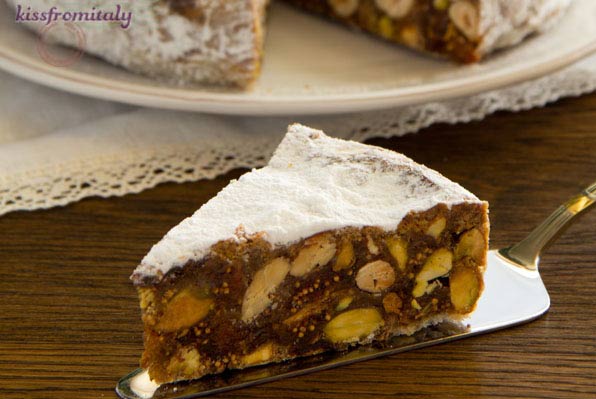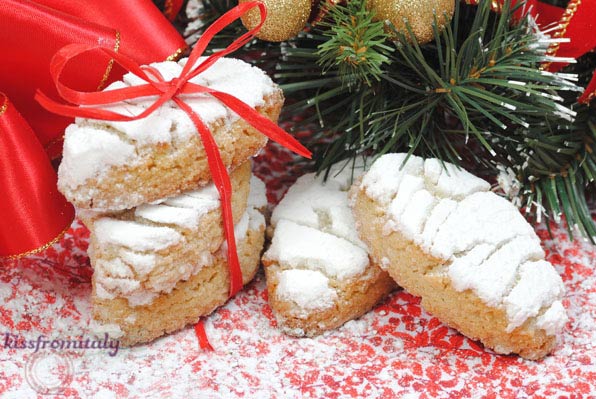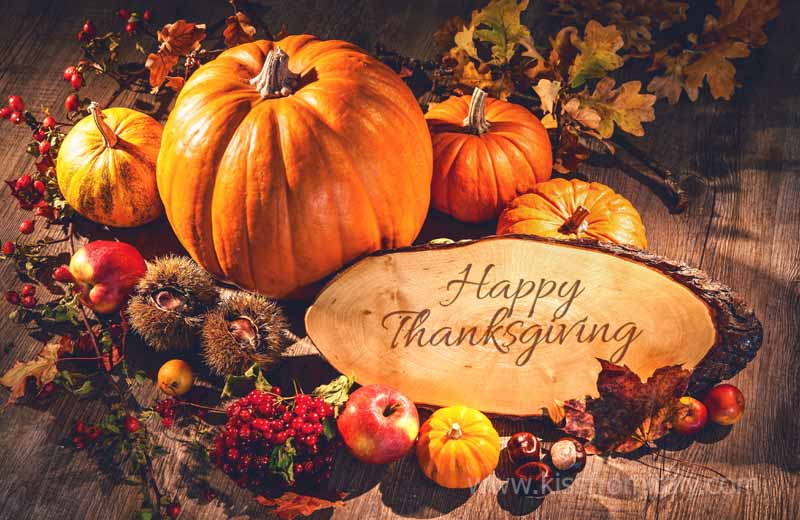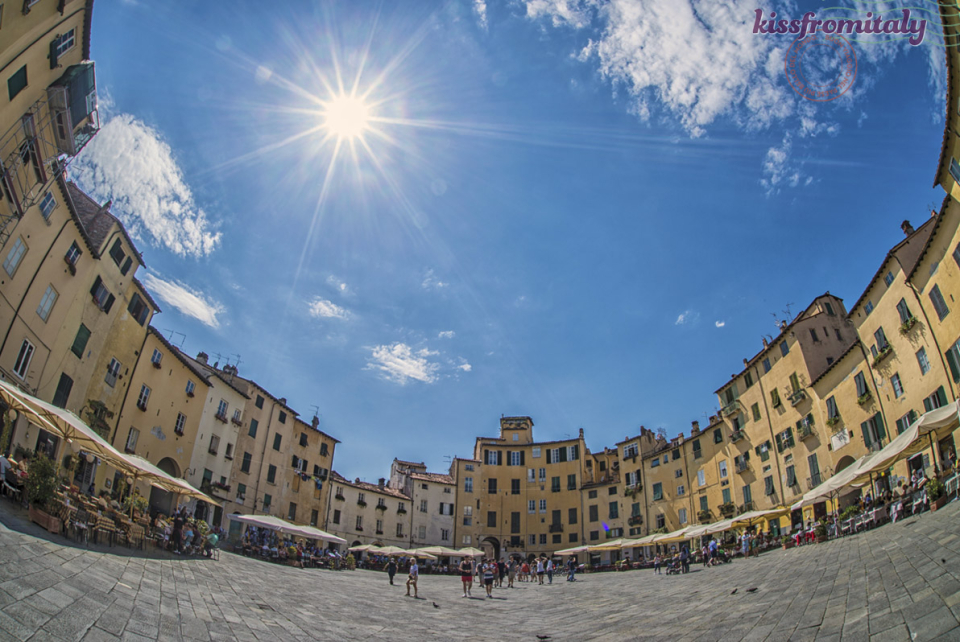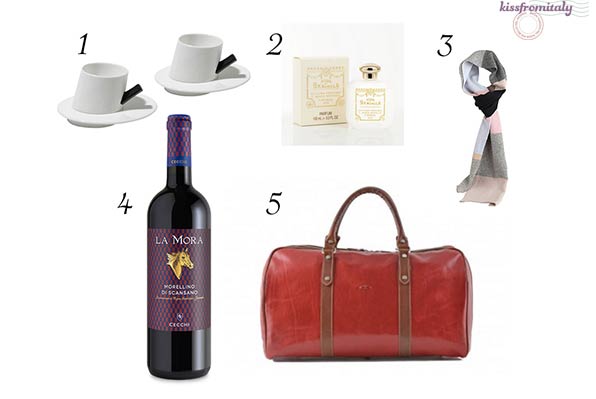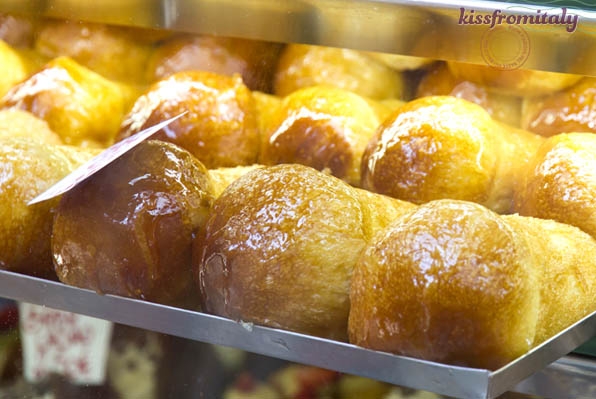
Discover the sweet traditions of Tuscany: Siena’s best Christmas sweets—Panforte, Panpepato, Cavallucci, Ricciarelli & Copate
If family ranks as the first priority in Italy, there’s no doubt that food follows closely behind. And during the Christmas holidays, these beloved traditions reach their peak as families gather around abundant tables filled with regional specialties and timeless recipes.
On Christmas Eve, known as La Vigilia, Italians enjoy a hearty fish-based dinner that keeps everyone sitting—and eating—for hours. Then, on Christmas Day, la famiglia comes together again for a rich, festive lunch that celebrates warmth, togetherness, and good taste.
Yet beyond savory dishes and pastas, the real stars of the Italian holiday table are the sweets. Milanese families bring out Panettone, Veronese enjoy Pandoro, and Neapolitans savor Struffoli. But some of Italy’s oldest and most delicious Christmas confections hail from Siena, a jewel in the heart of Tuscany. These centuries-old recipes continue to delight locals and visitors alike, making Siena a must-visit destination for anyone with a sweet tooth.
Cavallucci: Siena’s Rustic Horseman Cookies
While walking through the charming streets of Siena, keep an eye out for Cavallucci, round, rustic cookies packed with flavor and history. Their origins are hotly debated—some say they date back to the time of Lorenzo de’ Medici in the 1400s, while others trace them to the 16th century. What’s certain is that their name derives from cavallo (horse), a nod to the horsemen who once traveled the countryside delivering mail.
When stopping at inns, these riders would enjoy these hearty biscotti, earning the cookies their distinctive name.
Originally made from simple ingredients—flour, anise seeds, walnuts, and a touch of sugar—modern Cavallucci have evolved into a more aromatic treat. Today’s recipes often include acacia honey, candied orange and lemon, almonds, walnuts, anise, cinnamon, nutmeg, and coriander, all dusted with powdered sugar. Pair them with a glass of Vin Santo or another sweet dessert wine for a perfect Tuscan experience.
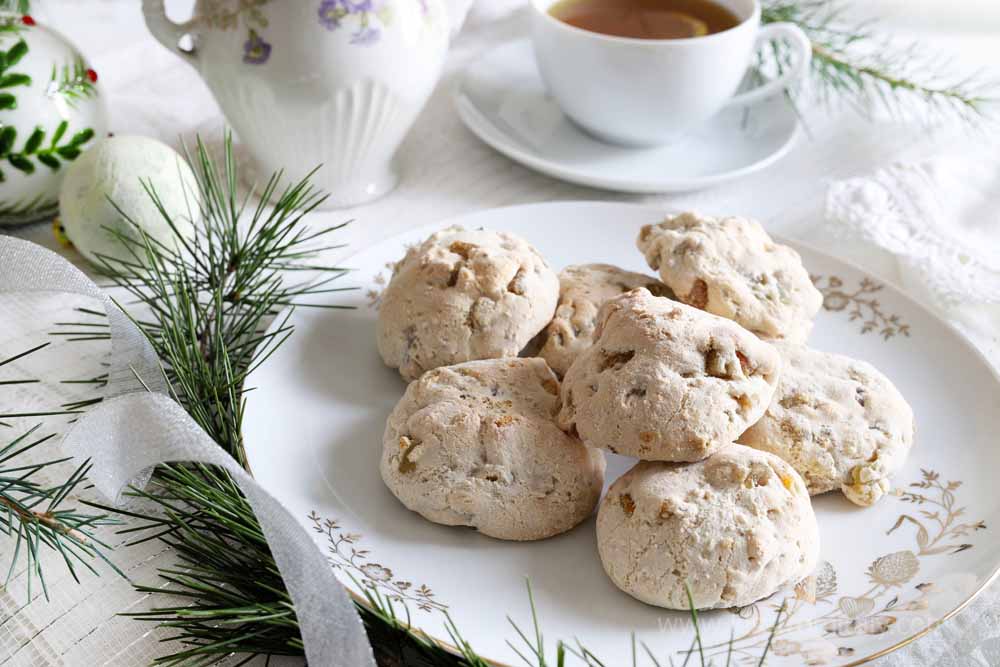
Ricciarelli: Soft Almond Cookies with Medieval Origins
Ricciarelli are another Sienese treasure. These almond-shaped, delicate cookies—coated in powdered sugar—have been a holiday staple in Siena for over 700 years. Their first mention appears in the 14th century, when a Sienese nobleman returned from the Crusades with a similar recipe from the Middle East.
Made from almond paste, sugar, and egg whites, Ricciarelli must rest for up to two days before baking to achieve their soft, chewy texture. Some modern versions are even dipped in chocolate. Lightly sweet and perfectly aromatic, they’re an ideal companion to a dessert wine or espresso.
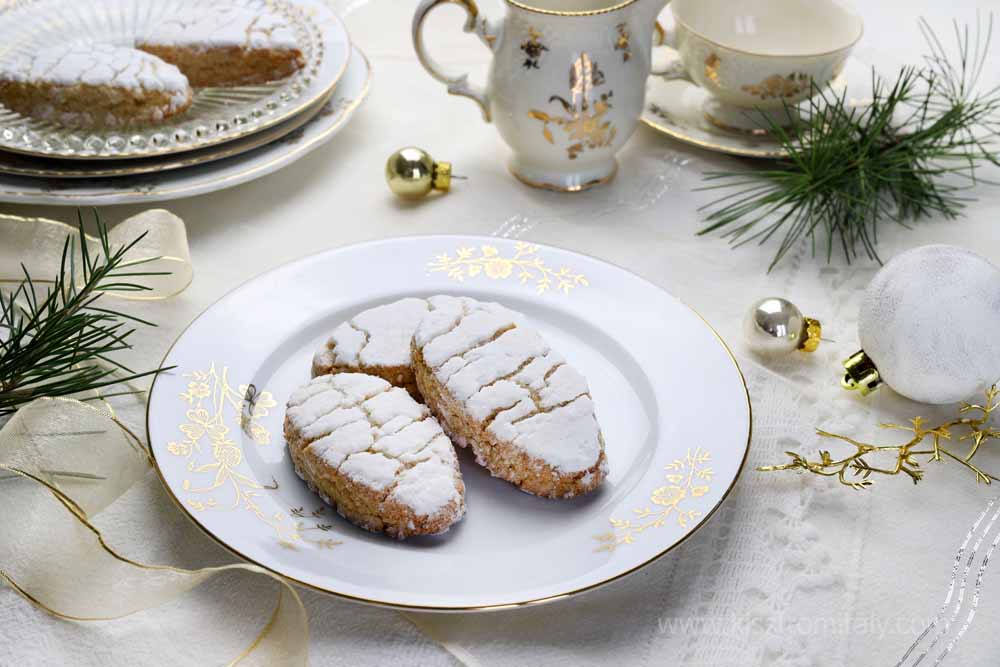
Copate: Siena’s Medieval Nougat Delight
Among Siena’s lesser-known but equally delicious Christmas treats are Copate. These flat, round nougat disks date back to medieval times and were originally prepared by Carmelite monks.
The name Copate (also found as Cupata) likely comes from the Arabic word qubbat, meaning "with almonds." Early recipes featured a dark honey, spice, and walnut brittle sandwiched between thin wafers. Over time, egg whites were added to lighten the mixture, giving rise to the white Copate we know today.
Though often sold at a premium price, these sweets are worth every bite. Their texture, flavor, and history make them one of Siena’s most enchanting hidden gems.
Panforte: The Strong Bread of Siena
Perhaps the most famous of all Sienese Christmas sweets, Panforte is a rich, spiced confection made from honey, sugar, candied fruits, almonds, and flour. The name literally means "strong bread," reflecting its bold flavors and dense texture.
Legend has it that Suor Leta, a nun from Siena in the 1200s, created the first Panforte by mixing leftover spices, almonds, and sugar she found in her kitchen. When she cooked the mixture over a fire, she discovered a dense, sweet masterpiece that quickly gained popularity.
Because of its long shelf life, Panforte became a staple food for crusaders, who carried it as a source of energy on long journeys. Over the centuries, Sienese bakers perfected the recipe, adding unique twists like chocolate or marzipan.
Today, the most popular versions are Panforte Nero (dark and intense) and Panforte Margherita (lighter, dusted with confectioner’s sugar). The latter was created in 1879 in honor of Queen Margherita of Savoy, and remains the most famous version to this day.
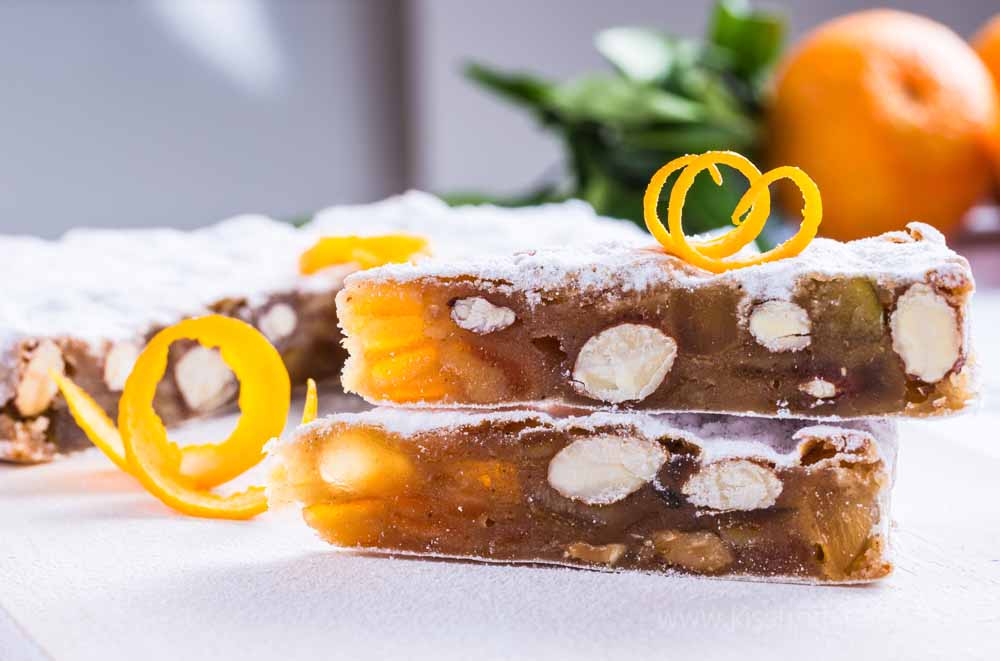
Panpepato: The Spiced Cousin of Panforte
Closely related to Panforte, Panpepato—literally "peppered bread"—is another historic sweet from central Italy, especially Umbria and parts of Tuscany. While Panforte is sweet, aromatic, and balanced, Panpepato is bolder, darker, and more intensely spiced.
The main difference lies in the addition of black pepper, cloves, and sometimes cocoa or chocolate, giving Panpepato a more robust, spicy kick. Traditionally, it was made by monks and apothecaries who believed that the spices had warming, healing properties during the winter months.
Panpepato’s ingredients often include nuts, honey, flour, candied fruit, cinnamon, nutmeg, black pepper, and cocoa, forming a dense, aromatic loaf covered with a glossy chocolate glaze. If Panforte is elegant and refined, Panpepato is its rustic, fiery cousin—a true celebration of medieval spice trading and Italian creativity.
When visiting Siena, you can often find both Panforte and Panpepato in local bakeries. Sampling them side by side is the perfect way to taste the nuanced difference between sweetness and spice.
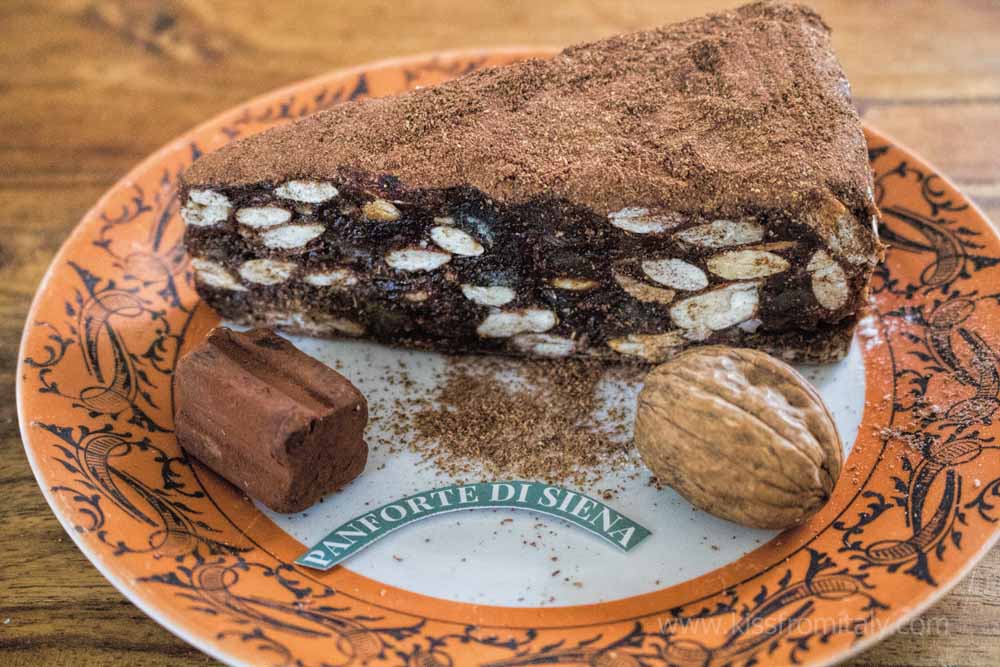
Plan Your Sweet Adventure to Siena
Whether you’re drawn by the history, the craftsmanship, or the irresistible flavors, Siena is a dream destination for lovers of Italian Christmas sweets. From Cavallucci to Panforte, Ricciarelli, Copate, and Panpepato, each delicacy tells a story of tradition, family, and faith that has endured for centuries.
If you’re planning a trip to Italy, be sure to include Siena in your itinerary. Stroll through its medieval streets, visit artisanal bakeries, and savor these authentic Tuscan treats at their source.
Get in touch today to start planning your journey to Siena and experience the sweetest side of Tuscany this Christmas!


